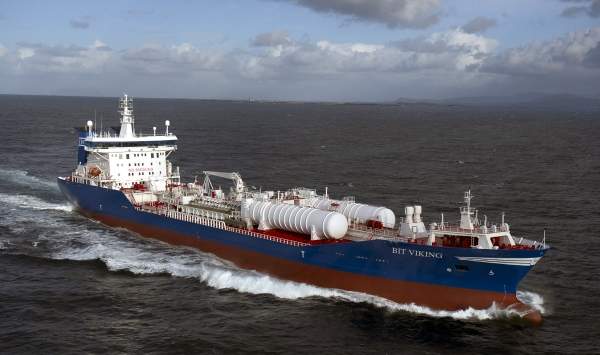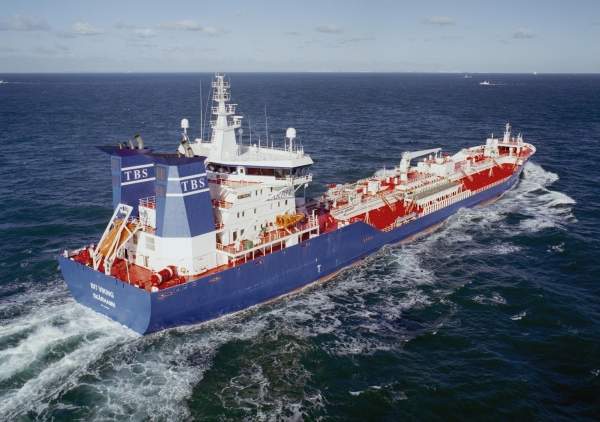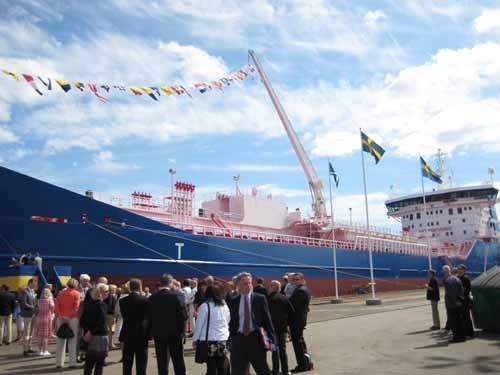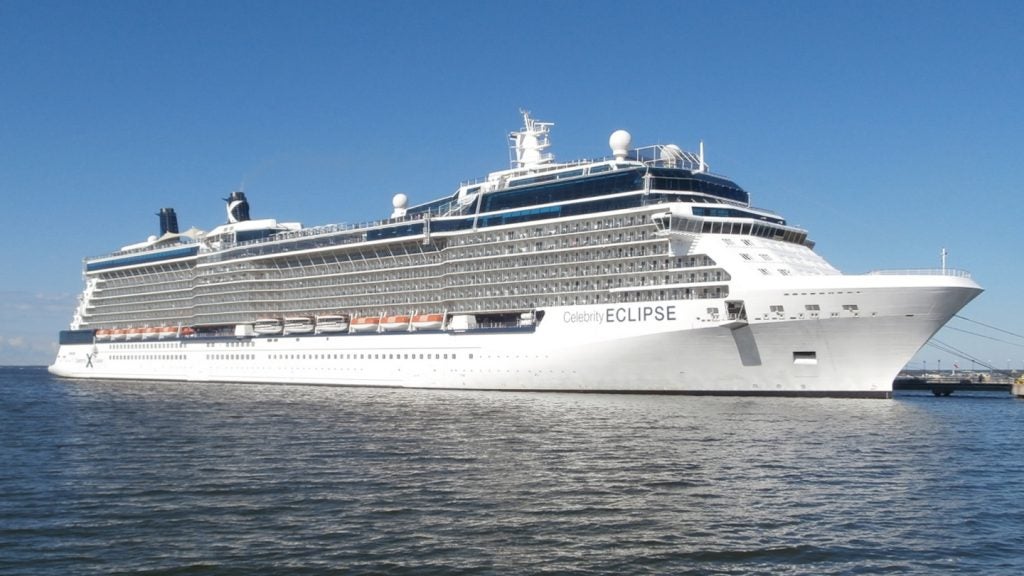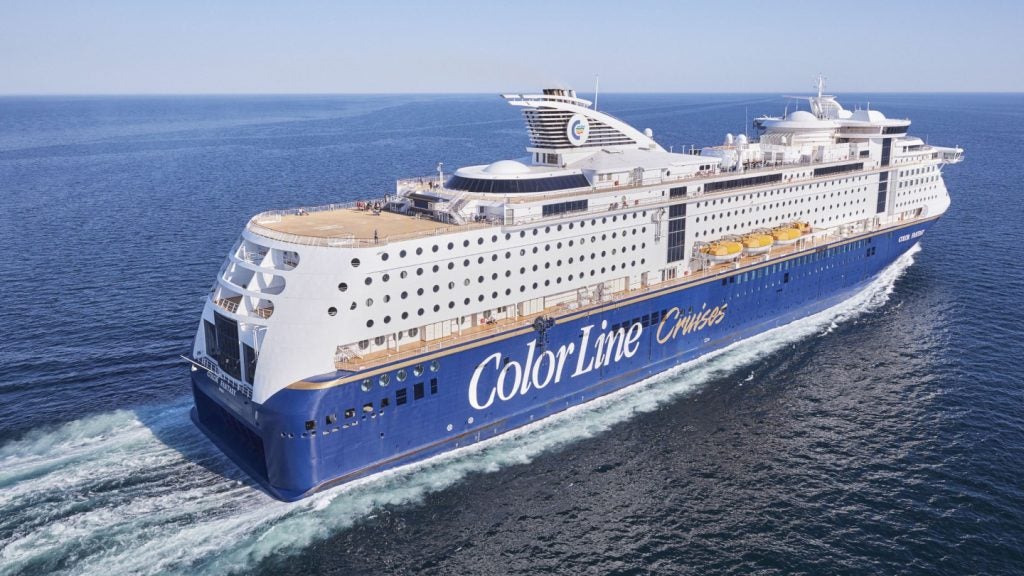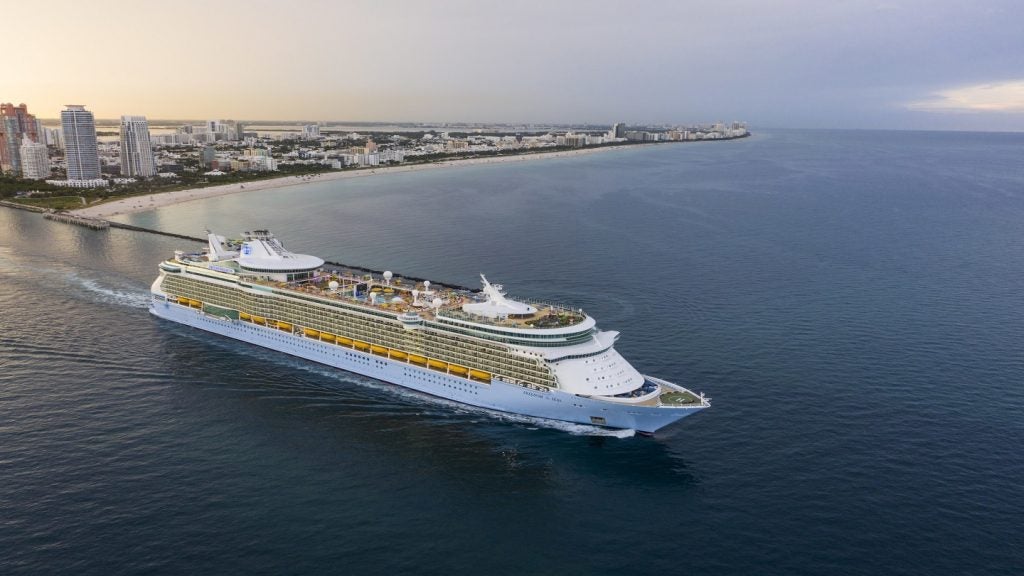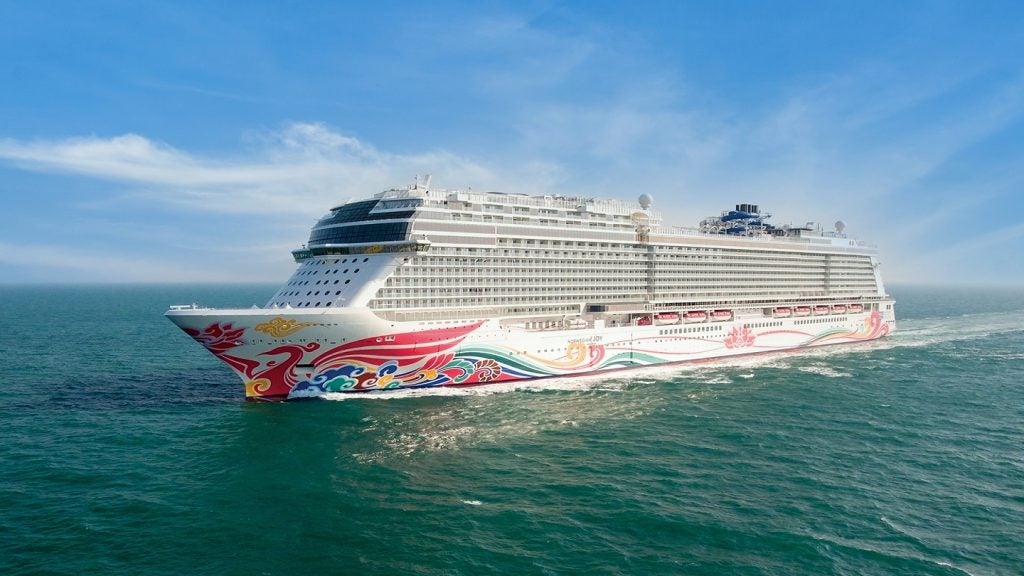Bit Viking is claimed to be the world’s first product tanker to be converted to liquefied natural gas (LNG) from heavy fuel oil (HFO) fuelled. After the conversion of main machinery, the vessel was re-delivered to her owner Tarbit Shipping in October 2011.
The converted vessel re-entered service one month later and is currently being operated by Statoil on a time charter along the Norwegian coastline.
Bit Viking was ordered for construction in June 2004. She was designed by Wärtsilä Ship Design in cooperation with Tarbit and Bergen-based ship designer Skipskonsulent.
The vessel, built by China-based Shanghai Edwards Shipbuilding, was delivered in September 2007. The naming ceremony was held in May 2008.
In August 2010, Tarbit Shipping contracted Wärtsilä to convert the vessel to LNG propulsion for reduced NOx emissions. In addition to the conversion of the existing two main engines, the turnkey contract involved modification of the ship’s systems to be compatible with the conversion, update of classification certificate and supply and installation of Wärtsilä LNGPac system, including two LNG storage tanks.
Technical specifications and cargo systems of Tarbit’s product tanker
Bit Viking is a double-hulled oil / chemical product tanker with a dead weight of 24,783mt. She has an overall length of 177.03m and length between perpendiculars of 166.99m.
Beam of the vessel is 26.30m. Moulded depth and draught are 12.80m and 9.70m. The vessel can transport 27,310m³ of cargo. Service speed of the vessel is approximately 16kt.
The vessel is equipped with a 10t load lifting capacity crane. The crane is fitted with Press-Vac centrifugal cargo pumps with combined capacity of 16 x 375m³/hr.
The vessel’s cargo system features a closed loading system, vapour return line and a third generation Saab Tank Radar.
Development of the world’s first LNG-fuelled product tanker
The planning for the vessel’s conversion began in the first quarter of 2010. The conversion project commenced in August 2011 and the sea trials were undertaken one month later in September.
The conversion work was closely monitored by the classification society Germanischer Lloyd (GL) to ensure the components manufactured and fitted in the system are built using proper materials and welding.
The vessel has two engine rooms, propellers, steering gears, rudders and control systems. She has twin screw propulsion. Each of these was previously being powered by a six-cylinder in-line Wärtsilä 46 engine operating on HFO.
The conversion involved swapping these with six-cylinder in-line Wärtsilä 50DF dual-fuel engines running on LNG. Each of the two LNG-fuelled engines is capable of producing 5,700kW at 500rpm.
The electrical losses, which are an inevitable feature of oil burning engines, are prevented by connecting the engines directly to the propeller shafts via a reduction gear box.
Gas system components that are added to the new engines include a gas rail pipe and gas access valves, a pilot fuel system and exhaust gas waste gates.
Other new components include gas supply units, single and double-walled gas piping, an exhaust system and an electrical system. Fire fighting has also been upgraded. A torque meter has been provided to measure the engine power.
The vessel is fitted with two Wärtsilä NOx reducing systems and two shaft generators. There is a Brunvoll bow thruster of 1,450kW.
Fuel gas storage system onboard Tarbit Shipping’s Bit Viking
The vessel is outfitted with a Wärtsilä LNGPac system for safe and commodious storage of fuel gas onboard. The LNGPac system comprises two LNG storage tanks with combined storage capacity of 1,000m3.
With this capacity the vessel can operate for 12 days in LNG mode at 80% load.
The storage tanks are located on the vessel’s deck so that bunkering operations can be carried out smoothly. This also allows the bunkering of LNG at a rate of 430m3 an hour.

